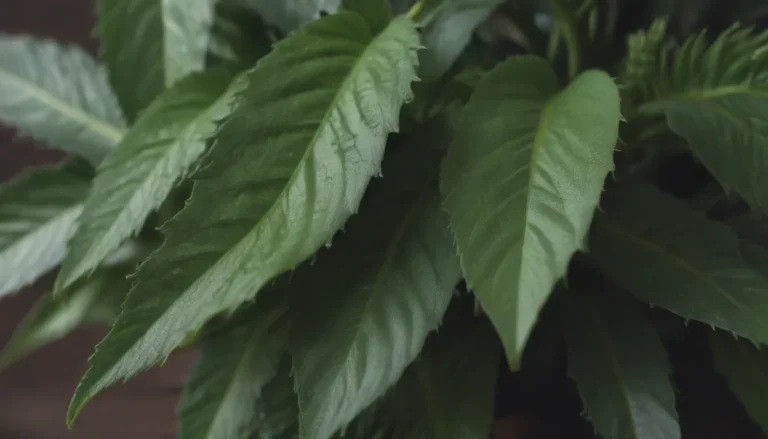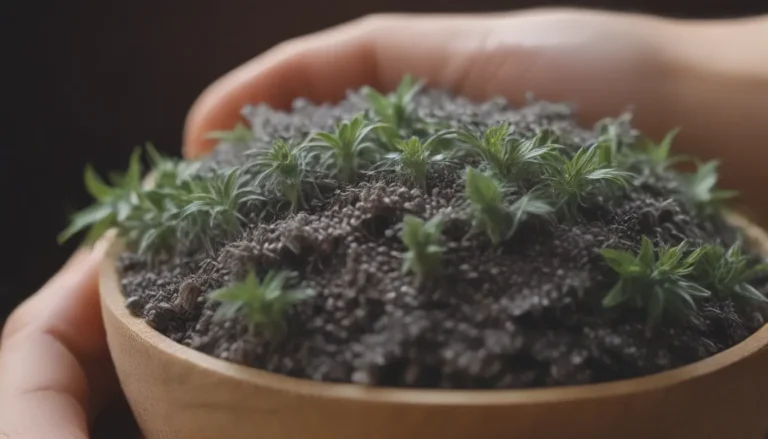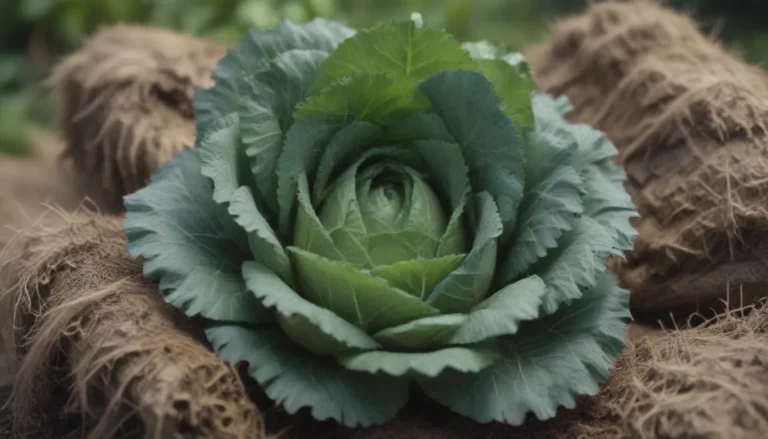Growing and Caring for American Sycamore Trees

If you are looking to add a majestic, fast-growing tree to your landscape, the American sycamore tree might just be the perfect choice for you. Standing tall at 75 to 100 feet, the American sycamore is the largest deciduous tree in North America. In addition to its impressive height, this tree is known for its unique bark, large leaves, and distinctive seed pods.
Identifying a Sycamore Tree
When trying to identify a sycamore tree, look for these key features:
- Bark: The outer bark of a sycamore tree is brown and peels away to reveal a lighter inner bark.
- Leaves: Sycamore tree leaves are large, typically 4 to 10 inches across, and divided into three to five lobes with coarsely toothed edges.
- Seed Pods: The seed pods of a sycamore tree, also known as “sycamore tree balls,” have a fuzzy, spherical shape and are roughly 1.5 inches in diameter.
Sycamore trees thrive in deep, moist, rich soils. The best time to plant a sycamore tree is late winter or early spring. These trees have a fast growth rate and are tolerant of pollution, wind, wet soil, and even drought. While they are excellent for providing shade, their large size can also be a concern due to their extensive, shallow root system that can cause damage to pavement and underground pipes.
Sycamore Tree Care Tips
Taking care of a sycamore tree involves providing the right conditions for it to thrive. Here are some essential care tips:
- Sunlight: Plant sycamore trees in full sun for best results, though they can tolerate some shade.
- Soil: Sycamore trees can adapt to various soil types and pH levels, but they thrive in average garden loam with good drainage.
- Water: Keep the soil evenly moist for optimal growth, especially during periods of drought.
- Temperature and Humidity: Sycamore trees can adapt to a wide range of climates (zones 4 to 9) and are not troubled by humidity.
- Fertilizer: While sycamore trees are not heavy feeders, fertilize them with a complete fertilizer in early spring for an extra boost.
Types of Sycamore Trees
There are different types of sycamore trees, including the popular hybrid London planetree (Platanus × acerifolia) and various cultivars such as ‘Bloodgood,’ ‘Digitata,’ and ‘Howard.’ It’s essential to understand the specific characteristics of each type when selecting a tree for your landscape.
Pruning and Propagating Sycamore Trees
Pruning sycamore trees is typically necessary only after limbs have been damaged. It’s essential to prune back damaged or diseased branches to maintain the tree’s health and appearance. Corrective pruning may be needed in rare instances when branches grow in an unstable manner. When propagating sycamore trees, you can use seeds or cuttings, depending on the variety of tree you have.
- Pruning: Prune damaged limbs back to the collar and remove dead or diseased branches promptly. Corrective pruning for unstable branches should be done by professionals.
- Propagating: Sycamore trees can be propagated by seed or cuttings, with different methods depending on the type of tree you have.
Common Pests and Plant Diseases
Like any plant, sycamore trees are susceptible to pests and diseases. Some common issues include aphid infestations and anthracnose fungal disease. It’s essential to monitor your tree for signs of pests or diseases and take appropriate measures to protect its health.
- Aphids: Use organic insecticides like neem oil to control aphid infestations.
- Anthracnose: Consider growing resistant cultivars like ‘Bloodgood’ to prevent fungal diseases.
In conclusion, the American sycamore tree is a beautiful and versatile addition to any landscape. With the right care and attention, you can enjoy the beauty and benefits of this remarkable tree for years to come. Whether you’re looking for shade, aesthetic appeal, or environmental benefits, the sycamore tree is sure to deliver. So, go ahead and plant a sycamore tree in your yard, and watch it grow into a stunning centerpiece of your outdoor space.





